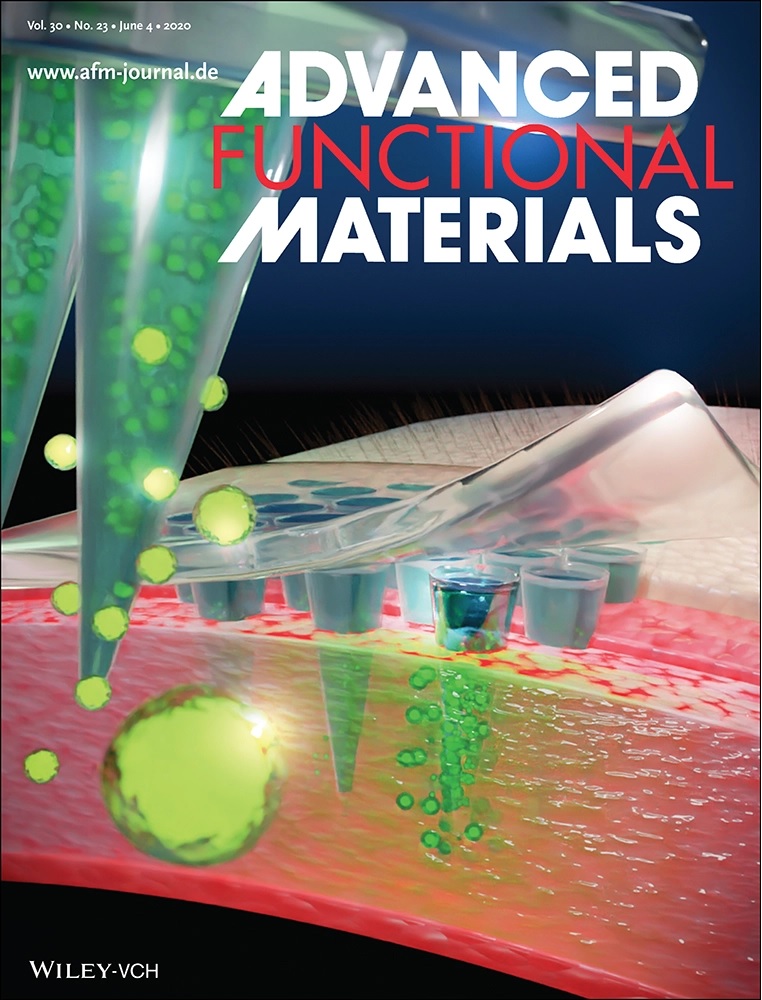
Title:Building Artificial Solid‐Electrolyte Interphase with Uniform Intermolecular Ionic Bonds toward Dendrite‐Free Lithium Metal Anodes
Authors:Zhijie Wang, Yanyan Wang, Zihe Zhang, Xiaowei Chen, Wilford Lie, Yan-Bing He, Zhen Zhou,* Guanglin Xia,* and Zaiping Guo*
Publication:Adv. Funct. Mater. 2020, 2002414

Abstract:
Li metal has been widely regarded as a promising anode for next‐generation batteries due to its high theoretical capacity and low electrochemical potential. The unstable solid‐electrolyte interphase (SEI) and uncontrollable dendrite growth, however, incur severe safety hazards and hamper the practical application of Li metal anodes. Herein, an advanced artificial SEI layer constructed by [LiNBH]n chains, which are crosslinked and self‐reinforced by their intermolecular Li-N ionic bonds, is designed to comprehensively stabilize Li metal anodes on a molecular level. Benefiting from its polymer‐like structure, the [LiNBH]n layer is flexible and effectively tolerates the volume change of Li metal anodes. In addition, this layer with high polarity in its structure, helps to regulate the homogeneous distribution of the Li+ flux on Li electrodes via the further formation of Li-N bonds. The designed [LiNBH]n layer is electrically nonconductive but highly ionically conductive, thus facilitating Li+ diffusion and confining Li deposition beneath the layer. Therefore, under the protection of the [LiNBH]n layer, the Li metal anodes exhibit stable cycling at a 3 mA cm−2 for more than 700 h, and the full cells with high lithium iron phosphate and sulfur cathodes mass loading also present excellent cycling stability.
